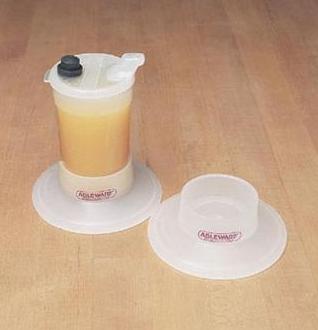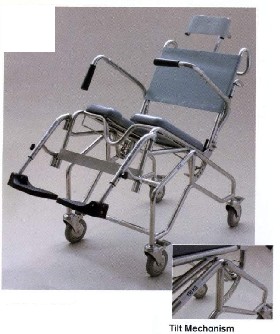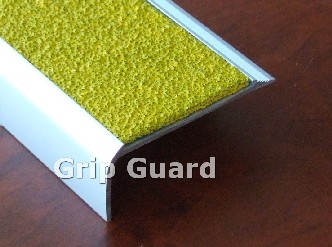Short Description
Government regulations state that only approved safety glass be used in the following defined danger areas of homes and building:-
1. A glass door, door panel, or any glassed-in area that could be mistaken for a doorway, and is greater than 0.5 sqm.
2. In a domestic application when the panel size is greater than 2.0 sq/m and on the boundary of a room, and the bottom edge is less than 500 mm from the floor.
3. In a domestic application when the panel size is greater than 0.5 sqm and is within 300 mm of a door and the bottom edge is less than 1200 mm from the floor.
4. Any glass used in a shower or glass enclosure.
More Details
SHATTERPROOF LAMINATED SAFETY GLASS is produced by bonding two sheets of ordinary annealed glass to a tough vinyl interlayer by means of heat and pressure.
. When ordinary glass is broken, it will fall out from the frame and leave
jagged shards of glass in the rebate, which can cause injury.
. Laminated glass, when struck sufficiently hard, will crack but remain intact in the frame.
. All broken glass particles will remain adhering to the strong PVB interlayer thus eliminating the possibilities of injuries from jagged and piercing glass shards.
LAMGARD ARMOURGLASS TOUGHENED SAFETY GLASS is produced by a process of controlled heating and rapid cooling. This increases its strength by 4-5 times that of ordinary glass of the same thickness. It is most unlikely to break under human impact. However, it may be broken by a severe impact with a sharp object. When this happens the glass shatters into thousands of small glass granules which are not sharp enough to cause serious bodily injury. It cannot be cut, polished or drilled after manufacture and is therefore made and measured to custom order.
. LAMGARD is twenty times stronger than laminated glass.
Full requirements for safety glass are given in the Australian Standards AS 2208 and AS 1288.


 subscribers
subscribers 






